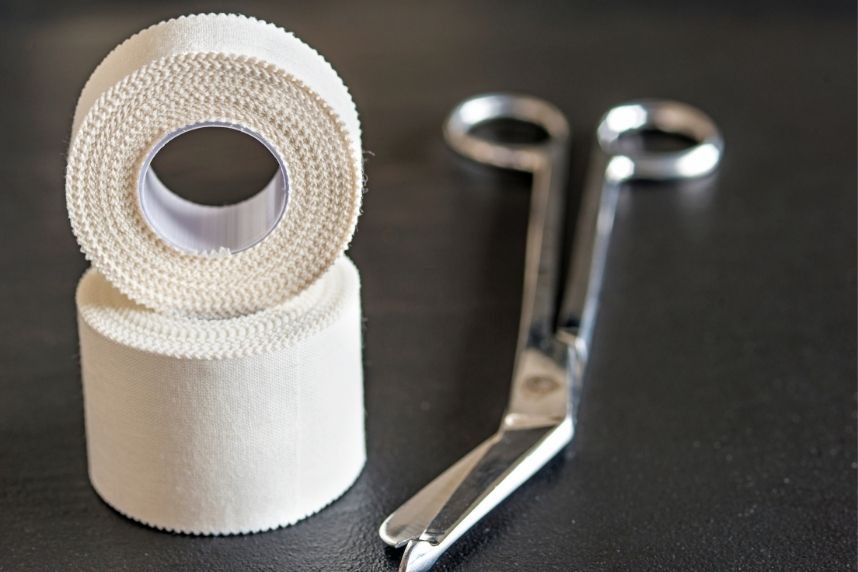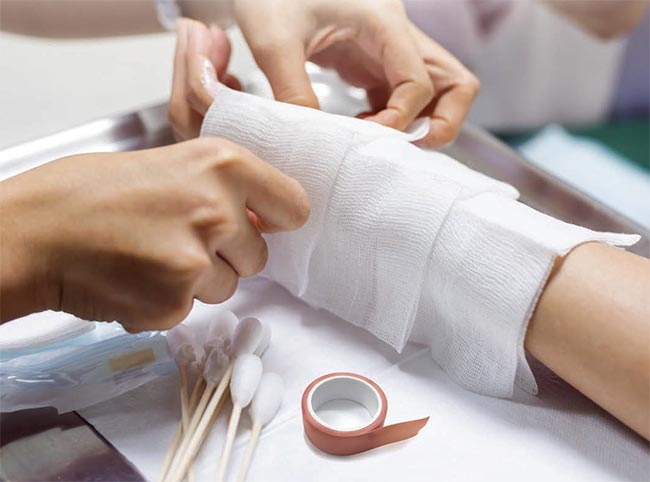Medical tapes are indispensable tools used for a wide range of purposes, from securing bandages to holding medical devices in place. While they may seem straightforward, the proper application of medical tape is critical to ensure patient comfort, safety, and the efficacy of treatment. In this guide, we’ll explore best practices for medical tape application, providing valuable insights and tips for healthcare professionals to achieve optimal results.
- Choose the Right Type of Medical Tape
The first step to successful tape application is selecting the appropriate type of medical tape for the task at hand. There are various types available, each designed for specific uses. Understanding the differences between cloth, paper, foam, and transparent tapes is essential.
- Prepare the Skin
Before applying medical tape, ensure that the patient’s skin is clean and dry. Any moisture, oils, or residue on the skin can compromise the tape’s adhesive properties. Gently clean the area and allow it to dry before application.
- Measure and Cut Appropriately
Measure the required length of tape and cut it with clean, sterile scissors or the provided dispenser. Avoid touching the adhesive side of the tape with your fingers, as this can reduce its effectiveness.
- Apply with Even Pressure
When applying the tape, do so with even pressure. Smooth out any wrinkles or bubbles, making sure the tape adheres firmly but not too tightly. Excessive tension can cause skin damage or discomfort.
- Consider the Tension
Different situations may require different levels of tension when applying tape. For instance, when securing a dressing, it’s important to provide enough tension to keep the dressing in place but not so much that it constricts blood flow or causes discomfort.
- Anchor and Overlap
In cases where you need to secure something in place, use an anchoring technique. Begin by applying one end of the tape with minimal tension and then overlap additional strips in a manner that provides stability and support.
- Test the Adhesion
After applying the tape, check its adhesion by gently lifting a corner or edge. This helps ensure the tape is securely in place without causing discomfort or skin irritation. If the adhesion is insufficient, reapply as necessary.
- Monitor and Adjust as Needed
Over time, the patient’s skin, the underlying condition, or the medical device’s position may change. Regularly assess the tape’s condition and reapply or adjust as required to maintain secure, effective coverage.
- Document and Communicate
Always document the type of tape used and the application technique in the patient’s medical records. Effective communication among healthcare providers is crucial, especially when multiple professionals are involved in the patient’s care.
Conclusion
Proper medical tapes application is a skill that healthcare professionals must master to ensure the best outcomes for their patients. By following these best practices, you can enhance patient comfort, safety, and the overall effectiveness of medical treatments. Tape it right, and you’ll be on your way to providing top-notch care in the world of healthcare.


